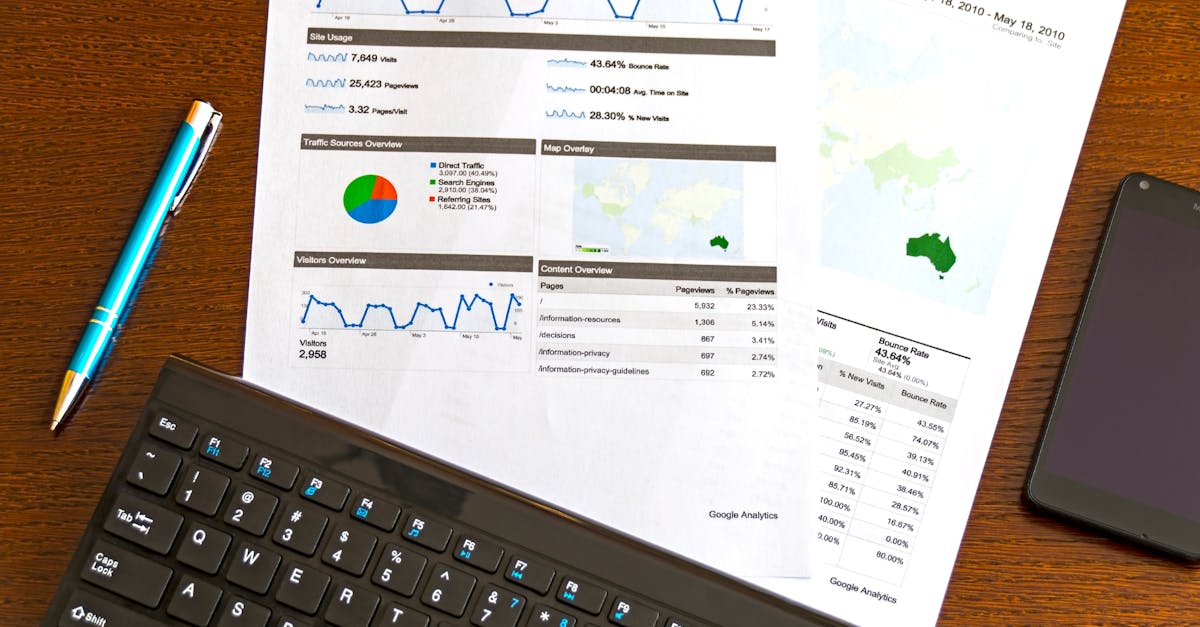Revenue leaks and missed opportunities can hide in plain sight when your B2B SaaS growth depends on aligning marketing, sales, and customer success. Off-the-shelf HubSpot dashboards rarely paint the whole picture—especially for SaaS leaders striving to maximize lifetime value, reduce churn, and scale efficiently. At Your HS Expert, we’ve seen firsthand how custom reporting in HubSpot can reveal untapped revenue streams, surface bottlenecks, and empower RevOps teams to turn analytics into action. Ready to dig in? Here’s our in-depth guide to making HubSpot custom reports your unfair advantage.

Why HubSpot Custom Reports Are Game-Changing for B2B SaaS
If you’ve ever exported data to untangle performance trends or spent hours recreating metrics in spreadsheets, you’re not alone. Standard HubSpot reports can track the basics—contacts, pipeline, closed deals—but they struggle with the nuances of SaaS revenue cycles, renewals, and complex buyer journeys. Custom reports let you:
- Analyze performance across multiple objects (Deals, Companies, Contacts, Tickets, Activities)—spotting patterns you can’t see on out-of-the-box dashboards.
- Map the full revenue journey—from first campaign touch through sales handoff and customer success.
- Monitor key SaaS metrics like ARR, expansion pipeline, or churn risk down to the segment or product line level.
- Attribute revenue to real drivers by linking marketing source, sales activities, and CS engagement in a single view.
Our Step-by-Step Playbook: Building Custom Reports That Reveal Revenue Opportunities
1. Define the Question Before the Chart
Every meaningful report starts with a focused revenue question—think, “Where do late-stage SaaS deals stall?” or “Which customer segments respond best to cross-sell campaigns?” This clarity guides your field selection and filters, so insights don’t get lost in a sea of data.
2. Map Out Your Data Sources
- For recurring revenue: Combine Deals (for pipeline), Companies (for industry, size, lifecycle stage), and Contacts (for persona or engagement data).
- For churn analysis: Bring in Tickets (support touchpoints), custom fields (like risk score), and Deal renewal dates.
- For expansion pipeline: Blend existing customer segments and new opportunities to find high-potential upsell targets.
Pro tip: If you’re not tracking the needed custom fields (like MRR, NRR, or CSM owner), now’s the time to add them—otherwise, you’ll lack actionable insight.
3. Apply Laser-Sharp Filters
- Narrow by time period (e.g., current quarter, trailing 12 months) so you spot trends, not noise.
- Segment by deal stage, pipeline, product line, or owner to find where revenue gets stuck or accelerates.
- Use custom renewal or expansion properties to focus on upsell-ready and at-risk customers.
4. Choose the Visualization to Match the Story
- Bar/column charts—compare deal values by source, stage, or AE.
- Heatmaps and tables—spot churn risk in segments at a glance.
- Line graphs—track expansion pipeline or MRR progression over time.
- Pie charts—break down revenue by channel, region, or cohort.
Always add these reports to a shared dashboard for live visibility by leaders and teams.

5 High-Impact Custom Reports to Uncover Revenue for B2B SaaS
Revenue by Source, Segment, and Stage
- What to build: Multi-object report showing deal value by original lead source, segmented by segment or vertical.
- Action: Double-down on channels delivering high-value, fast-closing leads—and plug the holes in leaky funnels.
Pipeline Velocity and Bottleneck Deep-Dive
- What to build: Track average days in stage for each sales stage, grouped by AE or segment.
- Action: Quickly spot which reps, deal types, or industries get stuck—and coach or automate accordingly.
Expansion Pipeline by Customer Health or Product Usage
- What to build: Filter renewal and expansion opportunities by NPS, product engagement, or CS touchpoints.
- Action: Prioritize the healthiest or most engaged accounts for expansion campaigns, leaving cold accounts for nurture.
Churn Risk/Contract Renewal Visibility
- What to build: Join upcoming renewals, support ticket volume, and usage or risk fields in a single report.
- Action: Flag high-risk accounts for proactive intervention—before the renewal date passes and the account churns.
Marketing Attribution for High-LTV Accounts
- What to build: Map all campaign and channel touches through to closed/won deals for accounts above a set ARR.
- Action: Optimize demand generation not just for pipeline, but for actual high-value revenue.

Maximizing Value: Pro Tips for SaaS Revenue Teams
- Automate and schedule key dashboards—set weekly/monthly emails for leadership to stay ahead on revenue pipeline changes.
- Ruthlessly align reports to current KPIs—every chart should answer a real business question (ARR growth, logo retention, expansion, etc.).
- Iterate often—update your filters, sources, and visuals as your SaaS go-to-market motions evolve.
- Pull in external data if needed—integrate billing/usage systems via HubSpot APIs or Ops Hub to supercharge your view.
- Train your teams to interpret the dashboard, not just view it—insights drive action, not just awareness.
Our Perspective: What Real B2B SaaS Teams Uncover with Custom Reporting
At Your HS Expert, we’ve seen B2B SaaS scale-ups uncover hundreds of thousands in missed pipeline simply by joining the dots between sales, CS, and marketing data. Sometimes, it’s as simple as a custom report revealing that high-value deals are stalling post-demo, or that expansion-ready accounts never get assigned to CS. Other times, it’s leadership realizing that the highest-LTV customers came from unexpected channels, prompting a reallocation of spend.

Final Thoughts: Turn Questions Into Revenue Growth—Not Just More Data
The real power of HubSpot custom reports isn’t in building dashboards; it’s in rallying your team around the right questions—then acting on what you learn. As HubSpot-certified consultants specializing in B2B SaaS RevOps, we’re firm believers: when in-house bandwidth or expertise is tight, a strategic discovery call can shortcut weeks (or even months) of painful trial and error.
If you want a partner who will help you uncover actionable opportunities, optimize system design, and train your teams to own their data—book a free discovery session with Your HS Expert. Let’s turn HubSpot into your revenue engine.
FAQ: HubSpot Custom Reports for B2B SaaS Revenue
- Who can access HubSpot’s custom report features?
- Custom reporting is available in HubSpot’s Professional and Enterprise Hubs—across Marketing, Sales, Service, and Ops. Check your user permissions too—you’ll need report creation rights.
- What’s the difference between default and custom reports in HubSpot?
- Default reports give you basic KPIs; custom reports let you blend data across multiple objects (deals, companies, tickets, activities), add custom fields, filters, and segmentation to answer specific, strategic questions unique to your SaaS business.
- Can I include product usage or financial data in HubSpot custom reports?
- Yes, if your systems are integrated via HubSpot’s Operations Hub or API. Many SaaS companies pull in product usage, billing, or CSM engagement data for richer reporting.
- How do I make sure my team uses the dashboards?
- Train them to interpret what matters (don’t just flood inboxes!), set regular review rhythms, and align each dashboard to a core business goal so the data is actionable, not just interesting.
- What’s the best way to start if we’re new to HubSpot or reporting feels overwhelming?
- Focus on your most pressing revenue question and build one actionable custom report around it. Or, leverage experts—like Your HS Expert—for a free discovery call to map your best next steps and avoid common reporting mistakes.

